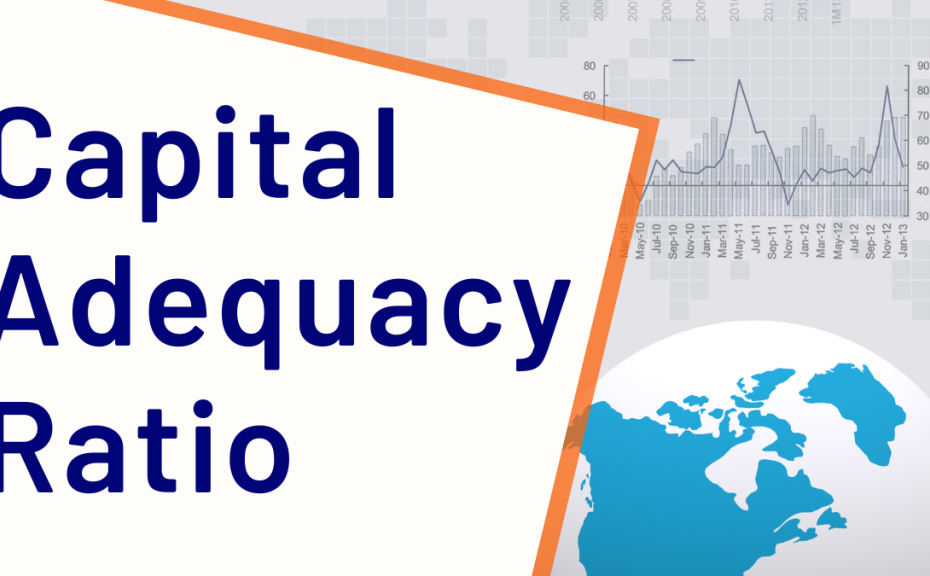The banking industry’s capital adequacy ratio stood at 13.70 per cent in the month of November, 2024,
a declined by 0.27 percentage point compared to 13.97 per cent recorded in the preceding period.
However, it was still above the 10.00 per cent benchmark for banks with national and regional licenses, even as their non- performing loans were below the prudential threshold of 5.00 percent.
The Central Bank of Nigeria economic report for the month of November released recently said that the decrease, compared to the previous month, was attributed to foreign currency revaluation, which levitated the size of risk weighted assets.
The report stated that the financial soundness indicators were within regulatory benchmarks, revealing banking system stability, during the review period.
The CBN report showed that the non-performing loans (NPLs) of the industry increased to 4.90 per cent from 4.80 per cent in October 2024 but remained below the prudential threshold of 5.00 percent.
The industry liquidity ratio, at 49.30 per cent, was higher than the 47.28 per cent recorded in the preceding period and surpassed the regulatory benchmark of 30.00 per cent, underscoring the ability of the banks to meet their financial obligations.
The report further stated that the nation’s fiscal operations improved in November 2024, as higher oil and non-oil revenue collections boosted federally collected income.
Federation account revenue climbed 21.23 per cent from October, reaching N2.41 trillion, though it fell 19.65 per cent short of the monthly target. The gains were driven by increased receipts from petroleum profit tax (PPT), royalties, company income tax (CIT) upstream, customs & excise duties, and corporate tax.
Despite the revenue surge, the federal government’s retained earnings of N0.82 trillion were still 49.92 per cent below target, underscoring persistent fiscal challenges.
